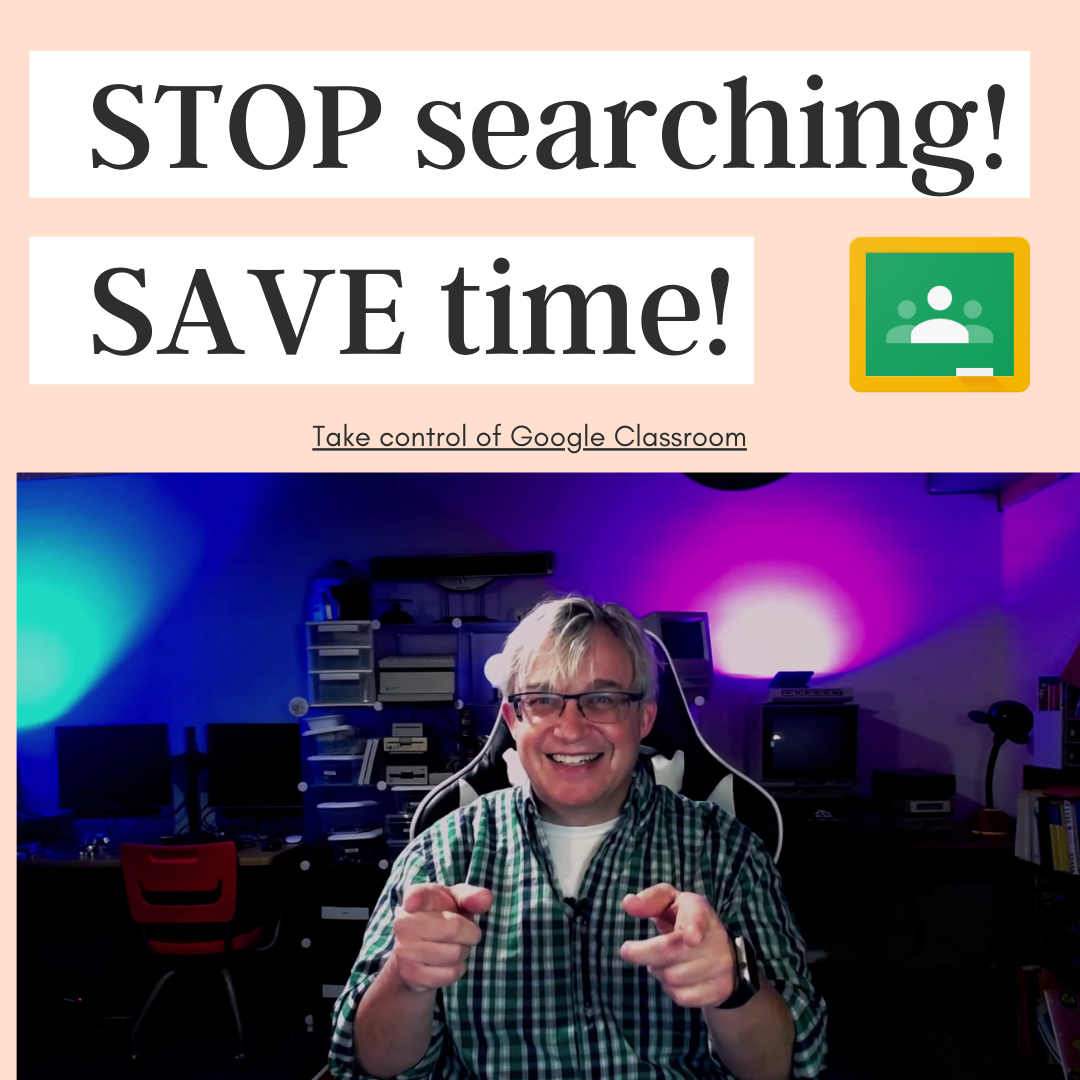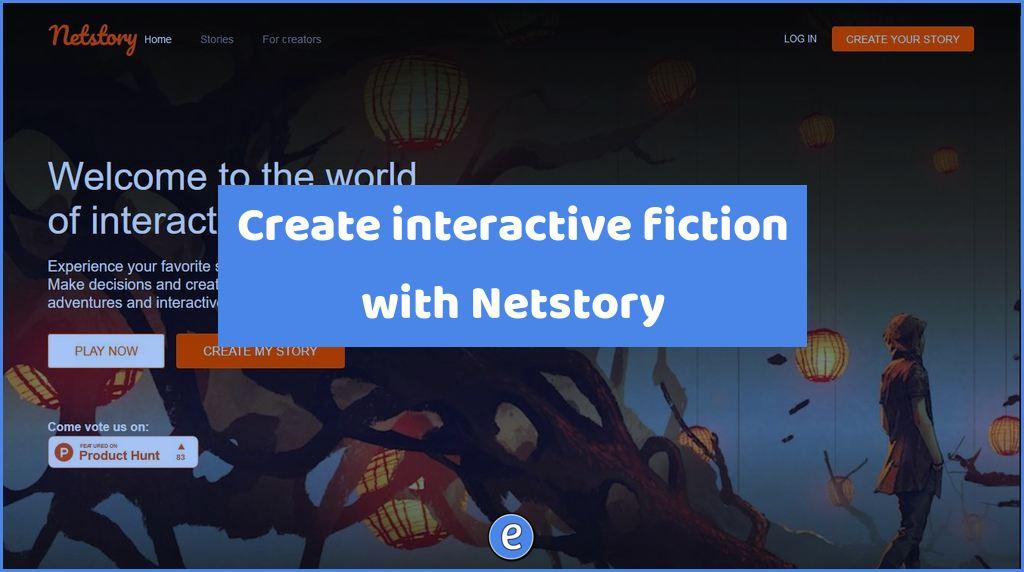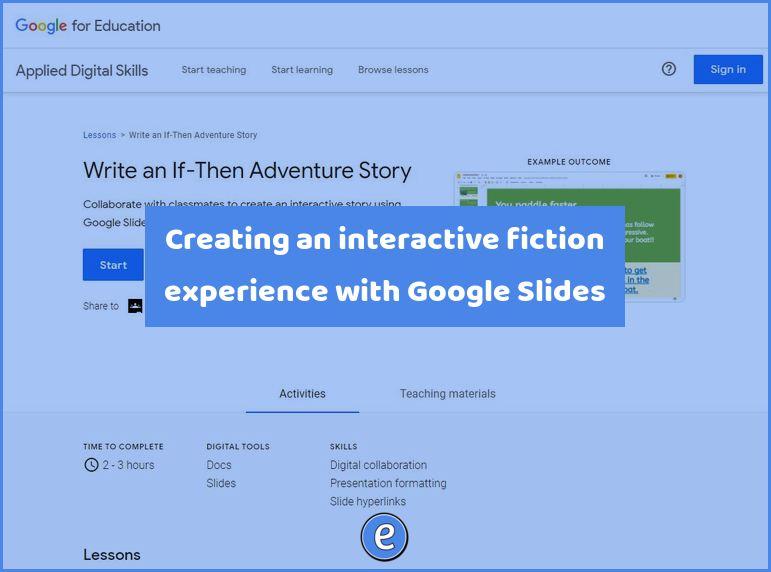4 ideas for writing fiction in your classroom
Student’s today are no long limited to writing in a word processor, there are many other ways a student can express herself in the classroom. These ideas are closely related to digital publishing, so you can take the following ideas and integrate them with your own digital publishing plans in the classroom.
Six word stories
Although the history is murky, one of the most famous 6 word stories is attributed to Ernest Hemingway:
For Sale: baby shoes, never worn.
Short, to the point, but still powerful. Twitter lends itself to this short format, so if you are working with older students Twitter would be a great avenue to use with six word stories. There are many examples on the Internet, including a collection in Wired 14.11: Very Short Stories. A couple of the stories may not be appropriate for a younger audience. My favorite:
Gown removed carelessly. Head, less so.
– Joss Whedon
inklewriter
inklewriter is an awesome introduction to writing interactive stories, much like a choose your own adventure book. Without signing in, stories are only saved in the local browser, which may be an issue for shared equipment or if browser settings become corrupted. There is a getting started document available to help you and your students.
Twine
Twine is an “…open-source tool for telling interactive, nonlinear stories”. Available as a download for Windows, OS X, and Linux, it is also available to be used online. When used online, content is only saved in your browser like inklewriter. But, unlike inklewriter, Twine gives you an Archive function that allows you to download your story for safe keeping. There is extensive documentation available in the Twine Wiki.
Storybird
Storybird Studio (educators link) is free for teachers to use in their classroom for publishing online. Storybird’s “hook” is that authors start with a piece of art, allowing the story to grow organically. Signing up as a teacher allows your students to use the social aspects as a classroom, and not the Internet at large. Assignments can be created, work shared in the class library, and student accounts generated (no need for an email account). Students can also create an account with their Google Account and join your class with a code.







One Comment
Comments are closed.